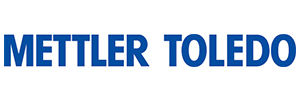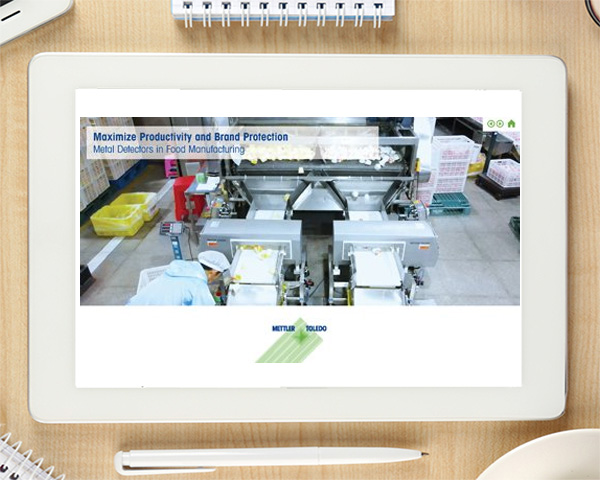How metal detection protects productivity and your brand
- Like
- Digg
- Del
- Tumblr
- VKontakte
- Buffer
- Love This
- Odnoklassniki
- Meneame
- Blogger
- Amazon
- Yahoo Mail
- Gmail
- AOL
- Newsvine
- HackerNews
- Evernote
- MySpace
- Mail.ru
- Viadeo
- Line
- Comments
- Yummly
- SMS
- Viber
- Telegram
- Subscribe
- Skype
- Facebook Messenger
- Kakao
- LiveJournal
- Yammer
- Edgar
- Fintel
- Mix
- Instapaper
- Copy Link
Posted: 17 November 2022 | Mettler-Toledo Product Inspection | No comments yet
Learn how to overcome ‘product effect’ and detect small metal contaminants in an eGuide by Mettler-Toledo; ‘Metal Detection in Food Manufacturing’
Learn how you can maximize productivity and brand protection.
Aimed at food manufacturers and producers, the guide by Mettler-Toledo explores how you can maximize productivity and your brand protection. It explains how metal detection technology identifies characteristics in products that can mimic metal contamination, often called “product effect”, which can produce false triggers.
Product effect can occur with foods that have a high moisture and/or salt content (sometimes called “wet” products) such as meat, poultry, seafood, dairy, bakery and ready meals, or products packed in metallized film. Other product factors that can influence the effectiveness of a metal detector are temperature, size and shape, position and orientation, consistency or density, and packaging material.
Modern metal detectors can discriminate between product signals and those signals generated by real metal contaminants.
By removing the influence of product effect, the smallest metal contaminants can be identified and rejected. This also reduces false rejects that slow down the production line, waste product, and ultimately reduce profits.
The guide covers:
- How a metal detector works
- Six factors that influence performance
- How metal detectors support food safety
- Simple prevention strategies to overcome challenging applications
- Metal detection solutions designed to reduce false rejects
Read more about the steps you can take to support your productivity goals, increase overall equipment effectiveness (OEE), and protect brand reputation.
Related content from this organisation
- Application note: Mettler-Toledo automates 360-degree label inspection
- Webinar: Discover how you can combat rising manufacturing costs
- Guide: How to choose the right product inspection solution
- Whitepaper: Find out how you can detect hard-to-find contaminants
- How metal detection protects productivity and your brand
Related topics
Food Safety, Health & Nutrition, Ingredients, Processing, The consumer










